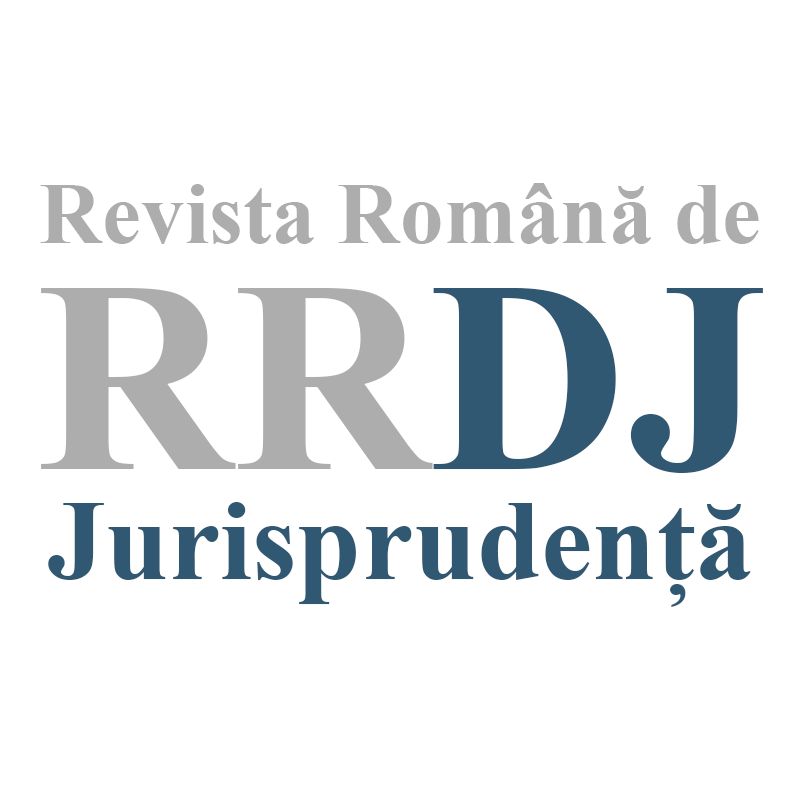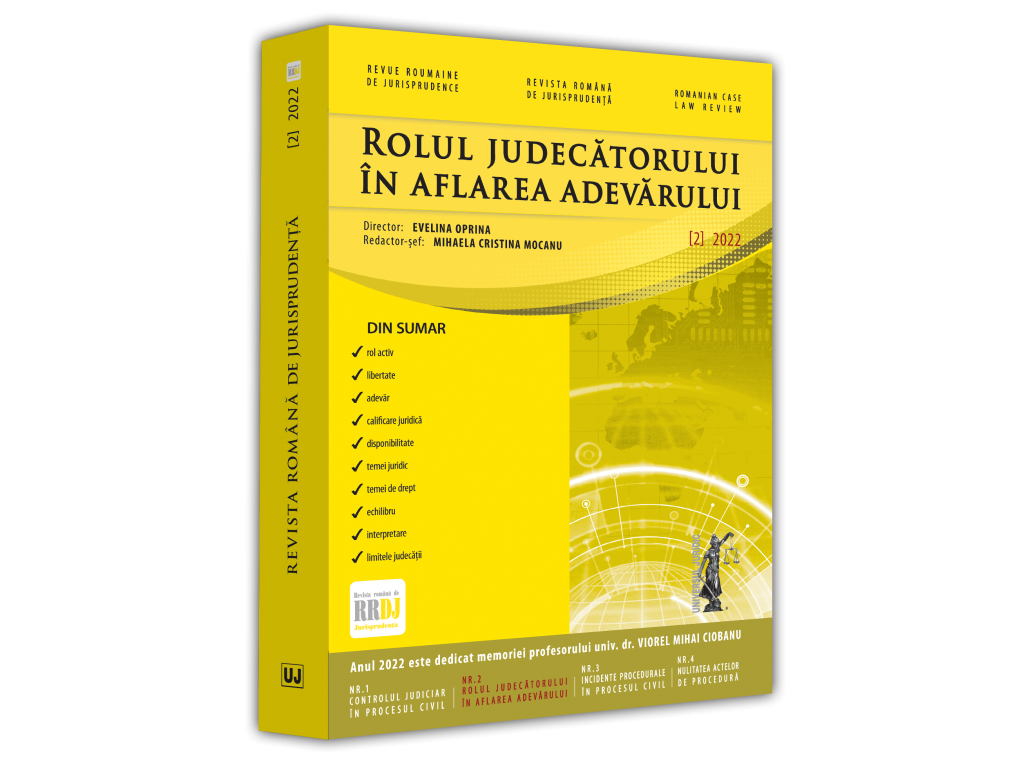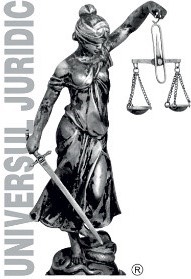Tort liability claim. The limits of the (active) role of the judge in determining the exact legally qualified factual basis of the claim in correlation with the principle of availability at the stage of determining the general jurisdiction
JURISPRUDENȚĂ COMENTATĂ ŞI ADNOTATĂ
Abstract
The negative conflict of jurisdiction, which arose under Article 133(2), second sentence, of the Code of Civil Procedure, arose as a result of the different manner in which the courts and the arbitral tribunal, exercising the power conferred on them by Article 22(2) and (4) of the same legislative act, have assessed the exact factual and legal basis of the claim before them, which is relevant in determining the legal nature of the dispute and, implicitly, the general jurisdiction, i.e. the substantive procedural jurisdiction to settle it at first instance. Having been called upon to resolve the negative conflict of jurisdiction thus arising, the Court of Appeal had to rule on the limits within which the court, in the exercise of the role of the judge in ascertaining the truth, is empowered, at the stage of verifying the competence to resolve the case, to determine, even with possible disregard of the limits, in this respect, of the process, established by the plaintiff in the exercise of the availability of proceedings, the exact legal nature of the dispute.








